Top 50 and A Missing Group
The Nonprofit Times published its 25th annual “Power and Influence Top 50 in the Nonprofit World.” I look forward to it every year because it highlights the amazing work and accomplishments of various people throughout our industry. Probably most would avoid the spotlight, but their work, dedication, generosity, and efforts indicate just the opposite.
As I’ve moved further and further into leadership conversations, outside of even philanthropy, with executives in healthcare, this year‘s top 50 struck me for a little bit different reason. Amongst the 50, all deserving, there was not one healthcare-related Chief Executive Officer. I’m not talking about a fundraiser; I’m talking about a healthcare executive. Considering that 20% of the United States gross domestic product is based on healthcare and that a majority of that healthcare is conducted in nonprofit institutions, it’s a little surprising. But it’s also incredibly illuminating.
I’m finding more and more often that CEOs in healthcare don’t understand philanthropy at any level. Things like “how long it takes to build out a case and support in the community” or “advance notice that’s required for funding opportunities” or the “fact that we need funding opportunities in priorities to go talk to members of the community” or “how much time it takes for them to be involved in this process” are foreign concepts. And on, and on, and on.
Higher education made this change to the role of the CEO a few decades ago. Now you can’t look at a job description of a chancellor or president without one of the first three requirements being some type of fundraising activity. In fact, over the last five-to-seven years, these leaders in higher education are less and less coming from academia as they are sometimes from the public or government sectors because of the skill sets now required.
We have a deficit of knowledge of philanthropy in healthcare leadership. It’s really beginning to bite into productivity and outcomes that are necessary for hospitals, clinics, and caregivers to take care of the community and their healthcare needs. If we don’t get a handle on this, it’s going to cause unrealized and unexpected outcomes when we don’t have the money necessary to take care of the people in our community, and the community in general, the way it needs to be.


